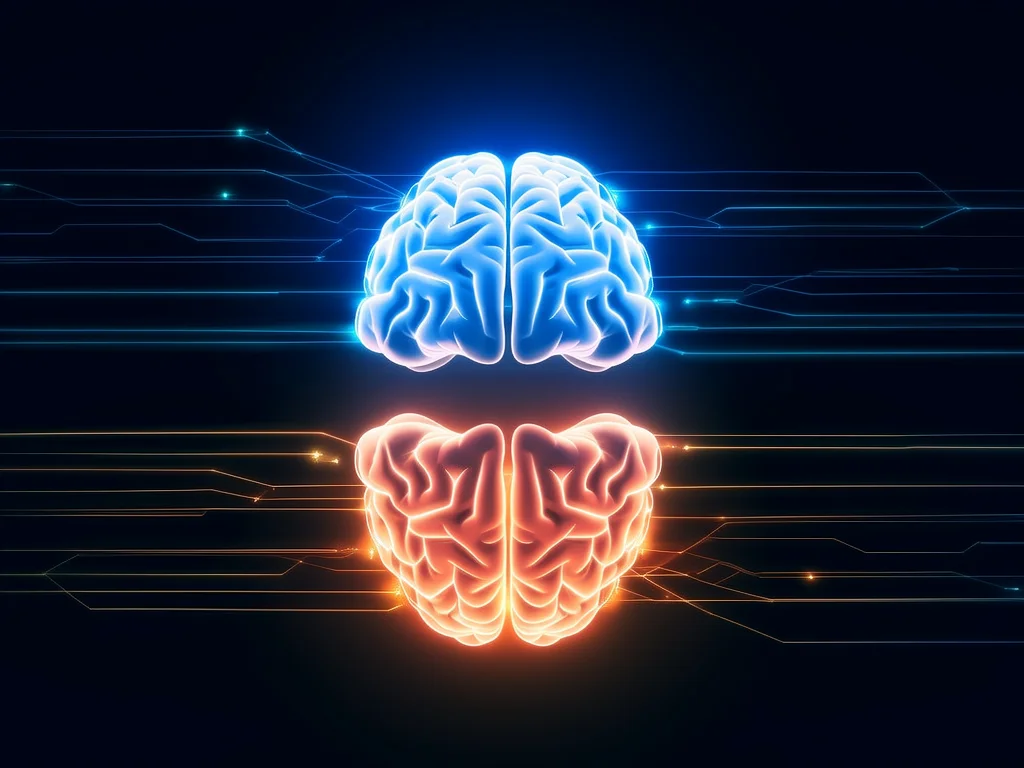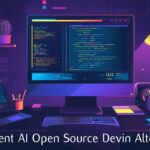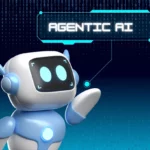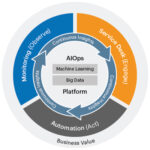
Introducing the Hierarchical Reasoning Model (HRM): A Brain-Inspired Revolution in AI Reasoning
The pursuit of true artificial intelligence has long grappled with one central challenge: enabling machines to reason as flexibly and deeply as human minds do. The newly introduced Hierarchical Reasoning Model (HRM) marks a groundbreaking stride toward that ambition by drawing inspiration directly from the brain’s hierarchical and multi-timescale processing architecture.
Why Current AI Models Struggle
Modern AI, especially the dominant large language models (LLMs), primarily rely on fixed-depth computation and chain-of-thought (CoT) prompting techniques to handle complex reasoning. While CoT helps break down problems step-by-step, it suffers from three critical limitations:
- Fragile task decomposition prone to error cascades,
- Huge data requirements for training,
- And high computational latency due to sequential token generation.
In essence, despite their scale and power, these models are inefficient learners and slow thinkers when faced with tasks that demand deep, specialized reasoning.
HRM’s Brain-Inspired Architecture
HRM turns to neuroscience for answers, mirroring the brain’s two-tier system of cognition:
- A High-Level Module that plans slowly and abstractly, setting out the overall strategy.
- A Low-Level Module that executes fast, detailed computations and logical steps.
This interaction creates a hierarchical convergence process. Unlike standard recurrent models that quickly converge and stall, HRM’s low-level module explores multiple computation steps thoroughly before the high-level module updates its plan—effectively enabling deep computational reasoning in a single forward pass with high stability.
Remarkable Capabilities with Minimal Data
Despite having only 27 million parameters—a fraction of typical LLM sizes—and requiring just about 1,000 training samples, HRM exhibits extraordinary performance across notoriously difficult AI challenges:
- Achieves near-perfect success on extreme Sudoku puzzles, outperforming all previous AI methods.
- Solves optimal pathfinding in large 30×30 mazes where existing models fail entirely.
- Attains 40.3% accuracy on the Abstraction and Reasoning Corpus (ARC-AGI) benchmark, significantly outperforming larger CoT models that score between 21.2% and 34.5%.
These feats underscore HRM’s efficiency and its ability to generalize complex reasoning without any pretraining or explicit chain-of-thought supervision.
Speed and Efficiency That Matter
HRM operates with lightning-fast inference and a stabilized training process:
- The model processes complex reasoning tasks in one forward pass, not token-by-token generation.
- It employs a one-step gradient approximation in training, which drastically reduces memory and time requirements compared to backpropagation through time (BPTT).
- This efficiency enables HRM to be trained in just a couple of GPU hours for tasks like Sudoku, making it accessible for research and deployment in resource-constrained environments.
Towards Universal and General-Purpose Reasoning
HRM challenges the AI community’s prevailing non-hierarchical design paradigm by demonstrating that a hierarchical, brain-like architecture can outperform established methods at scale and complexity. Its ability to tackle deep search, backtracking, and symbolic reasoning marks a pivotal step toward universal computation and systematic, general-purpose AI reasoning.
Real-World Impact and Future Potential
By dramatically lowering data needs and computation time while improving reasoning depth, HRM opens the door for AI applications in domains where data is scarce or latency is critical: robotics, scientific discovery, healthcare, and beyond. This model embodies a promising new approach that combines neuroscience insights with state-of-the-art machine learning techniques to take AI closer to human-like cognition.
Explore Further
- Read the Full Paper: Hierarchical Reasoning Model on arXiv
- Check Out the Code: HRM on GitHub
This architecture revolutionizes how machines understand and solve problems, making AI reasoning 100x faster and far more effective than traditional models with less data. For anyone passionate about the future of AI, HRM is an unmissable breakthrough worth diving into.
Follow us for more Updates












